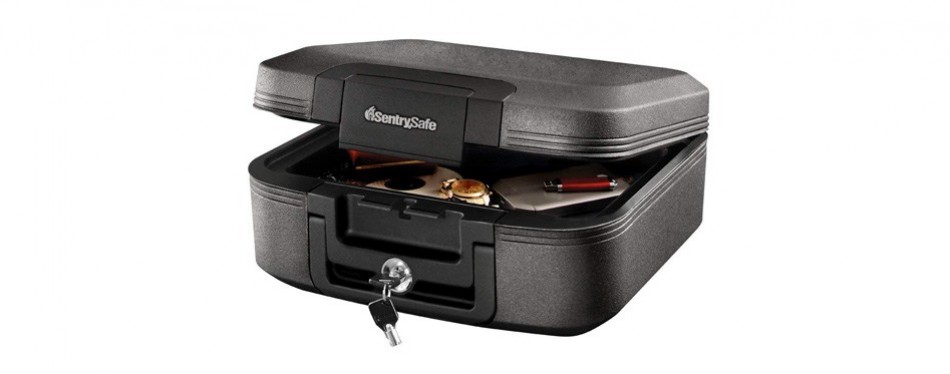

These higher end locks have the batteries concealed within the keypads with access to the battery even if the safe is locked (often from below, or the keypad will tilt forward to reveal the batteries). Digital lock with batteries behind the keypad Override keys should not be stored inside the safe. Your safe will have come with a separate key which can be used to open the safe if the electronic lock fails or the batteries run down. If you purchased your safe at low cost online or from a large chain retail outlet, then it is likely to be this type of electronic safe and will have a lock similar to the one in the image above. Obviously, there are hundreds of models of digital safe, but I have split these into three categories depending on the type of electronic lock the safe has. Work out what sort of digital safe you have Batteries that are left untouched for too long may corrode, which could create a much more expensive problem. Batteries can be expected to last up to 2 years, depending upon usage, so if yours have been in longer than that, then a dead battery is likely to be the reason. Lower cost electronic safes may not warn you that the battery is running low and the first you may know is when the safe won’t open. If you are getting a low battery warning of any sort and if the safe won’t open it is likely that this is the problem.
#Sentry safe won t open with code code#
On most higher end electronic safes, the first sign that the safe batteries are dead is usually a longer series of beeps when you input your code or a warning on the display panel if you have one. Check that the batteries are dead and that it is not another problem You will be able to get back into your safe and as long as you follow the below steps, your safe will be undamaged and useable again in no time. So, here is my definitive guide to getting into your electronic digital safe if the batteries are dead. Posted: Thu, This is a question I get asked a lot! Help, how can I open my digital safe when the batteries are dead?

You should use high-quality alkaline nine-volt batteries, like Duracells or Energizers. When it comes to the reliability of your electronic safe lock, the type of nine-volt batteries you use matters. Replacing your battery with a fresh one should resolve this problem for you right away.

This is because there is not enough juice left in the battery to fully power the opening operation. However, when you try to turn the handle, you might find that the lock has not fully disengaged. After entering your combination code, you might still hear the expected beeps and clicks that happen as the safe’s bolt disengages. If your battery is not quite dead yet, the lights or display on your lock could still light up. In fact, your electronic lock’s memory can hold onto your codes for up to 10 years whether your battery is dead or removed. This is because electronic locks contain what is called ‘non-volatile memory” that holds onto the combination codes that you have programmed into your lock. You can rest assured that once you replace the battery in your lock, your combination code will still be there. While it is inconvenient, being locked out of your safe because of a dead battery is only a temporary problem. But what if you go to open your safe and find that the battery has suddenly died? Will you be locked out of your safe because your code will be wiped out? Here is what happens when the battery on an electronic safe lock dies. The nine-volt battery in your safe’s electronic lock should normally last between 8,000 to 10,000 openings.


 0 kommentar(er)
0 kommentar(er)
